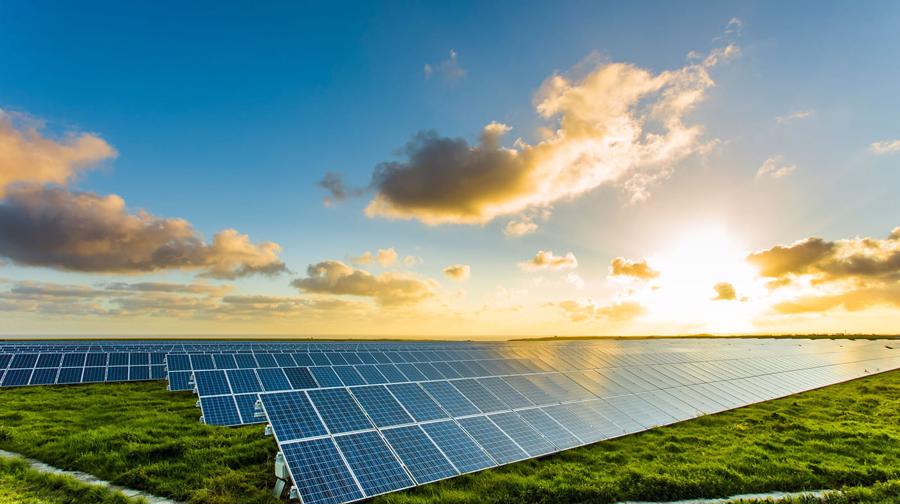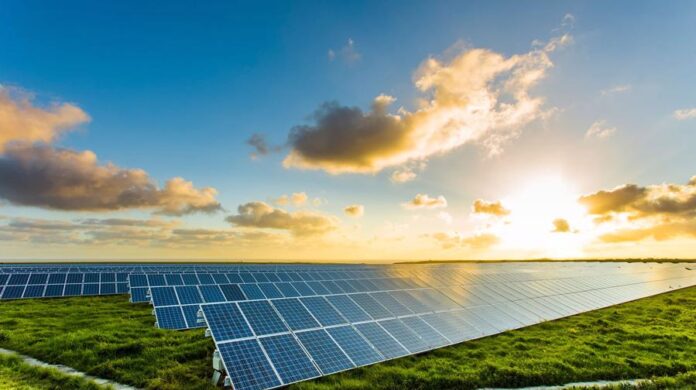A recent seminar on “What breakthrough is needed to attract investment in the electricity sector?”, organized by the Government’s Electronic Information Portal, received much feedback from experts.
Four Major Issues with Vietnam’s Electricity Prices
Commenting on the current electricity prices, expert Nguyen Tien Hoa, former Director of the Price Management Department (Ministry of Finance), pointed out four significant issues.
First, electricity prices have not been determined by market mechanisms. This is evident as the selling prices do not reflect the fluctuations in the cost structure of electricity production.
Data from the past two years, 2022 and 2023, indicate that the way prices have been managed has caused the electricity industry a loss of about VND 47,500 billion. This poses a significant challenge to improving the industry’s cash flow for investment and development of sources and grids.
Second, “We have high expectations and assign multiple objectives to electricity prices” when aiming for accuracy and sufficiency while ensuring cost recovery, attracting investment, guaranteeing social welfare, energy security, and controlling inflation. With too many goals, some of which are contradictory, the overall result fails to meet the highest objective.
Resolution 55-NQ/TW also emphasizes the need to use measures such as taxes, fees, and market stabilization funds to regulate the electricity market instead of solely relying on suppressing prices to control inflation.
Third, the current cross-subsidy mechanism for electricity prices lacks clarity. The improved electricity price framework implemented since 2019 considered a plan to gradually reduce cross-subsidies, but this has not been realized yet.
There is cross-subsidization among residential consumers, with higher tiers subsidizing lower tiers, and to some extent, between electricity prices for household production. Production electricity prices should be lower, as lower-voltage household consumption is more expensive, but there is still a certain level of cross-subsidization between household and production electricity.
Notably, the cross-subsidy mechanism between regions is problematic. Electricity prices in island communes and districts are usually VND 7,000-9,000/kWh, but we still sell it at VND 1,000-2,000/kWh, meaning that lower prices in some regions are subsidized by higher prices in others.
Fourth, electricity prices have not been separated from social welfare policies. While electricity price reductions are implemented, the electricity industry is left to bear the burden. It is evident that the electricity pricing policy does not adhere to the pricing principles to encourage the industry’s development and attract economic sectors to invest, contributing to ensuring the country’s energy security.
In reality, EVN has made efforts to reduce production and business costs, but unreasonable electricity prices have left the industry without sufficient resources to invest and develop, reducing production, transmission, and distribution costs. As a result, it struggles to strongly attract domestic and foreign investors to the electricity sector…
Solving the Electricity Price Equation to Drive Green Transition
According to National Assembly Deputy Phan Duc Hieu, a member of the National Assembly’s Economic Committee, electricity prices not only impact the electricity industry but also have more significant effects on the economy’s operation and restructuring, especially as we promote the development of sharing, circular, and green economies toward net zero.

The current state of Vietnam’s electricity industry shows that cheap power sources have mostly exhausted their development potential, and the power plan 8 focuses on strongly developing offshore wind and gas power to replace electricity production from fossil fuels. These two forms of energy are relatively expensive and require large capital mobilization.
One of the significant challenges in attracting investment in the electricity industry is the need for substantial investment, while capital recovery takes a long time. Notably, the current electricity selling prices still carry a “subsidy” hue.
From a business perspective, Mr. Nguyen Dinh Tuan, Director of the Son Dong Thermal Power Plant (Vinacomin), shared that developing renewable energy is a global trend, and it is technically possible to store energy for renewable energy plants. However, from a cost perspective, this is an issue. First, the investment in equipment is expensive. Second, to ensure stable and safe operation, a backup energy system is required, but such a system will undoubtedly be costly.
The investment puzzle, along with building a market-based pricing system to ensure safe operation, transparent and appropriate prices, and meeting all economic and social requirements, entails numerous demands on electricity prices. This makes it a very challenging equation to solve. Therefore, the way electricity prices are calculated and the investment activities in the energy sector are two sides of the same coin, intimately connected and influencing each other in operation and development.
Further analysis by Associate Professor Dr. Bui Xuan Hoi suggests that inappropriate electricity prices hinder the electricity industry from having sufficient resources to invest and develop and fail to incentivize businesses to innovate technology, machinery, and equipment to reduce energy consumption. In contrast, accurately calculated electricity prices will generate substantial resources for reinvestment and expanded investment in the electricity sector and promote the efficient, rational, and economical use of electrical energy.
“We have no reason to let businesses bear losses in production and business. For sustainability, transparency is key, and both sides must win in harmonizing the interests of businesses, the state, and the people. That’s the equation for a sustainable, long-term economy,” emphasized Associate Professor Dr. Hoi.
Associate Professor Dr. Hoi asserted that the key lies in price management, and if we separate public welfare activities from market activities, there will be a suitable price adjustment mechanism. If market-based electricity price management is not possible immediately, all aspects of regulation should gradually move towards the market.
Regarding electricity price forecasts, Associate Professor Dr. Hoi acknowledged that, given the current trend of rising input fuel prices, the cost of electricity supply will undoubtedly increase, and we must accept this. “We aim for Net Zero by 2050, and other countries have the same aspirations for clean energy, but there won’t be cheap clean energy. Solar power can generate a maximum of four hours a day, and wind power is unstable, so these sources won’t be cheap. In summary, one reason is the geopolitical situation, and the other is the energy transition, so the cost of electricity supply will generally increase,” affirmed Associate Professor Dr. Hoi.
Top Investment Channels for 2024: Safe and Profitable
2023 is a year full of volatility in the global financial market. Against this backdrop, many investors are interested in gold as a store of assets.





















